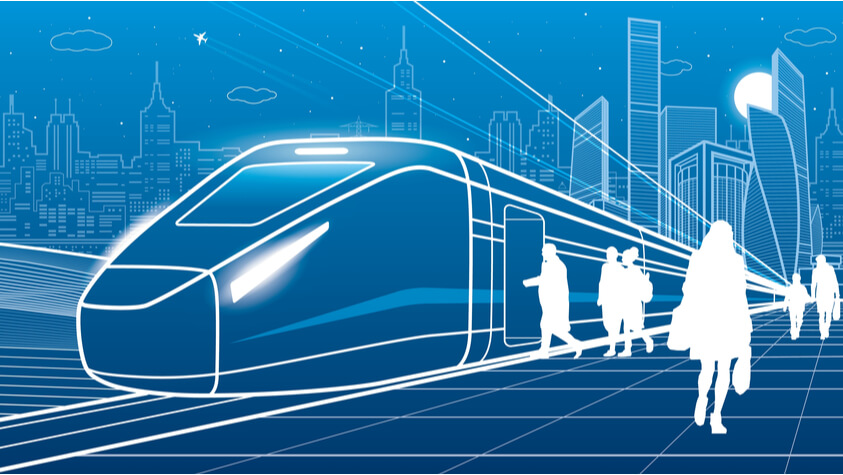By TACP Staff on July 04, 2021

The field of transportation design differs significantly from its sub-category of automobile design. Transportation design is focused on utilitarian, pragmatic solutions to big-picture transit challenges. While it does, in fact, include automobile design, transportation methodologies address technological design issues that affect the environment as well as the socio-economic well-being of communities. Sustainability and alternative transportation are aspects of this rapidly growing specialization.
Transportation Designers are commercial and industrial designers who have specialized, and who create designs for vehicles and transportation-related products. Many of these individuals specialize further, especially when working for a particular company or organization and focus on small niche areas. This might include automotive concept design, public transportation, aircraft interiors or something else. These professionals must have a strong background in design, as well as significant knowledge of the computer software and computer-aided design programs used to create designs.
In addition to the final design, these professionals will often create rough sketches and communicate frequently with clients and colleagues to ensure that the end design realizes the vision that the client has of the product.
On any given day, you might find a transportation designer in an office where he or she has access to computers and computer-aided design programs or software. However, they may also be found in meeting rooms, brainstorming the design with colleagues, or discussing the desires of the client. Most transportation designers work for large companies or organizations; the manufacturing industry is responsible for 30% of the transportation design jobs, and it’s the largest employer of these professionals, according to the Bureau of Labor Statistics. This is followed by specialized design services, which is responsible for 10% of jobs, wholesale trade (9%), and architectural and related services (7%).
The Bureau of Labor Statistics suggests that individuals interested in pursing a career as a transportation designer should aim to attend industrial design school, architecture school or engineering school – and, earn their bachelor’s degree. Those who want higher level jobs in transportation design, such as supervisor or director positions, may want to pursue a master’s degree in these fields. During schooling, future transportation designers will have the ability to start creating a portfolio of their work, which will be instrumental in finding them the perfect position after graduation.
In addition to being on the forefront of cutting edge designs, this particular career offers up a salary that is nothing to frown at. The BLS reports that the annual median salary for industrial designers was $68,890 in 2019. However, this is certainly not the most this kind of professional can make. The top 10% of earners in 2019 brought home more than $114,000. Professionals in this field are more likely to find higher-paying jobs in the following states: Texas ($73,370 annual mean salary), Michigan ($76,640), California ($81,930), New York ($85,070) and Illinois ($68,780).
Although industrial design jobs are only expected to grow 3% through the year 2028, the actual job growth rate for transportation designers may be more. The BLS reports that designers with knowledge of computer-aided design programs and software will be more likely to find an excellent job than those without that knowledge. The states with the most transportation design jobs are Michigan, California, New York, Ohio and Texas.
Consider these related careers in Applied Arts.

The Art Career Project is a trusted resource for emerging and professional artists.